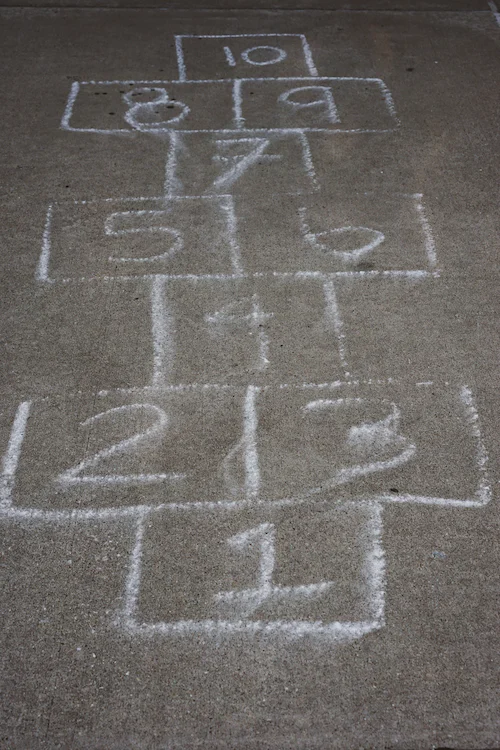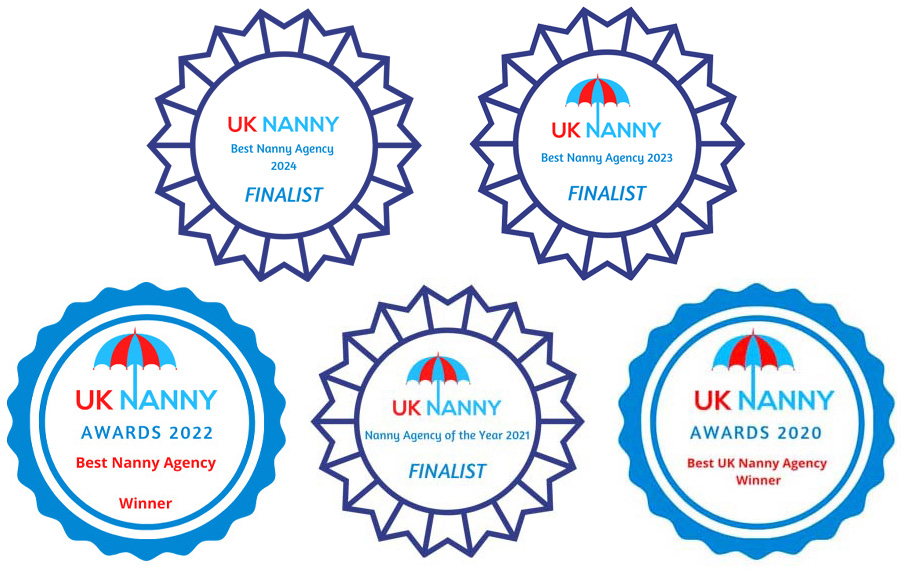Maths and children!

When Rishi Sunak became PM, little did we know that on his agenda was a shake-up of maths teaching. He thinks maths should be taught to age 18 and whether you agree with that or not, it got me thinking about maths for little ones. I know I’ve talked a lot about developing language but I thought it might be useful for parents and nannies to know about how we can teach number literacy from a young age.
Numbers and nursery rhymes
I asked some friends who are teachers for advice. Both are keen advocates of helping children become number literate from a young age and, of course, one good way is to sing nursery rhymes which include numbers. Here are some good ones to try:
- ‘1, 2, 3, 4, 5 once I caught a fish alive.’
- ‘Five little speckled frogs.’
- ‘Ten in the bed.’
‘1, 2, 3, 4, 5 …’ is all about counting upwards which is great for teaching children the order and names of numbers as well as how to say them. Children will learn to count by rote at first and rhymes like this are great for reinforcing that and building confidence. Counting 1-10 always deserves a clap!
‘Five little speckled frogs’ and ‘Ten in the bed’ involve counting backwards which disrupts the order that children know and encourages them to think a little more about what they’re doing. It’s tricky for them though so be patient! Nursery rhymes are great for speech development too so win, win!
How to help children visualise numbers
It’s a good idea to help children picture values rather than numbers being ‘abstract’ to them. The best way to do this is to use things they can actually see.
- Count fingers and toes, steps, objects.
- Give young children objects to handle and count – stickle bricks, Lego, teddies, dolls, snacks
- Ask them what would be one more and what would be one less
You can start counting from the day you bring them home! It’s a good habit for you and subconsciously, they’re taking it all in.
Subitising
These exercises help with subitising. I didn’t know what that meant either but it’s the term for when you know how many objects there are without having to count them. A good example is seeing five dots on a die and knowing that there are five without having to count them one by one. As adults we do this every day without realising but it’s a really important skill that we learnt when we were young.
Often children are counting without fully understanding what they’re doing. They’re going through the motions of saying the numbers and perhaps pointing to objects as they do but they don’t really ‘get it’. Subitising is about grouping objects together quickly and knowing how many there are and when children do it, it shows that they understand the concept of counting. Children will start doing this with small groups – groups of two for example and over time they’ll be able to ‘count’ or subitise larger groups by sight. This skill helps children with addition and subtraction as they develop and mature.
Money
Will toddlers of today deal with money when they’re older? It seems weird to suggest it, but who carries cash these days? However, the concept of money is still important even if it is cashless as budgeting will always be relevant. Even if they might be antiques by the time toddlers of 2023 are spending money, do show them coins.
Talk about spending when you go shopping and how much you have to spend or want to spend. Perhaps if you go food shopping you can say that you want to spend £50 and as you go round, add up your items to make sure you stay on budget. Rounding up or down is part of maths and something we as adults do every day without thinking (when it’s 10.34am do you say 10.34 or 10.35?); starting at £50 and subtracting as you go is good; if you buy four of the same thing, you’ll be using multiplication.
As children get older, the concept of pocket money is great as children know how much they have to spend and have to work out what they can buy with that amount. How many sweets can you buy with £2? If you want sweets and some football stickers, do you have enough money? Going shopping really is a great lesson – maths and life skills in one!
Telling the time
Like money, telling the time has changed over the years thanks to smartphones and tablets. Everywhere we look time is digitalised but it remains an essential skill to understand about time and to be able to read a clock.
Children can still learn the language of time from digital clocks if you talk about it – ‘It’s quarter past nine’; ‘It’s ten to seven’; ‘It’s half past eleven.’ So much of what we say sinks into their sponge-like brains without us realising which is why talking to your child is so important.
If you can, try to have one analogue clock in the house – that means one with a face, numbers and hands and talk about it. Name the parts – face and hands – and talk about the numbers. Talk about quarter past, half past etc and try to show them on the clock. There are clocks out there which have these words written on at the relevant points – great when children can read.
Also have a go at talking about hours in a day, minutes in an hour etc and how long things take like a day at pre-school, a journey or their favourite TV programme. The more we talk to them using the correct language, the more will sink in over time.
Maths is so much more than all of this, of course, and becomes more difficult as they get older. You might need to brush up yourselves as the homework gets harder! But at a young age, it’s great if parents and nannies can simply talk about numbers, money and time, play games involving numbers, talk through what they’re working out if they’re adding something up. Communication really is key even when it comes to number work.
Hazel x
p.s. one of my teacher friends told me that CBeebies’ ‘Number blocks’ really is a good introduction too!
